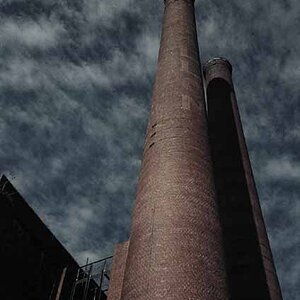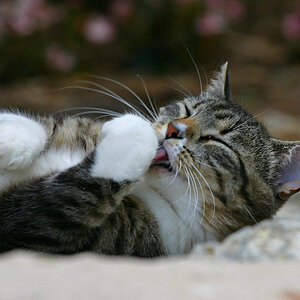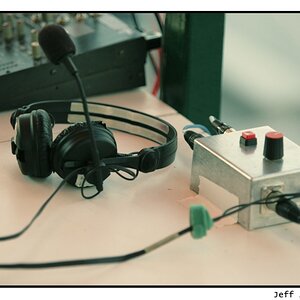eric-holmes
No longer a newbie, moving up!
- Joined
- Aug 8, 2009
- Messages
- 1,858
- Reaction score
- 49
- Location
- Arkansas
- Can others edit my Photos
- Photos OK to edit
Lately I have become more and more interested in Bokeh. I understand that if you have a wide aperture that you will have a shallower DOF. But I do not know about the focal length. I guess what I am trying to say is, Do I need to be closer to the subject with a shorter focal length? Or further away with a longer focal length? Or does it even matter? Here are a couple of pictures straight out of the camera. Keep in mind these are not meant to be interesting. Only for example.






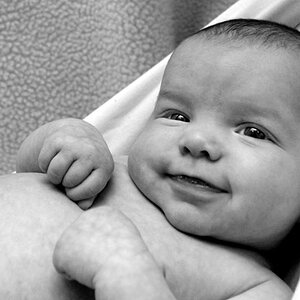

![[No title]](/data/xfmg/thumbnail/37/37120-1d477daab99b292a0c740b50f1c96d53.jpg?1619737883)
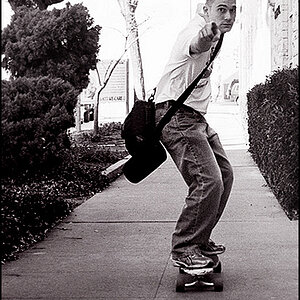
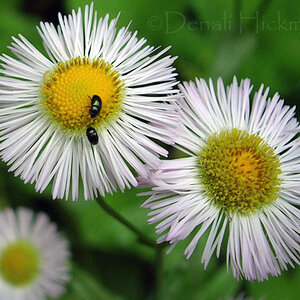
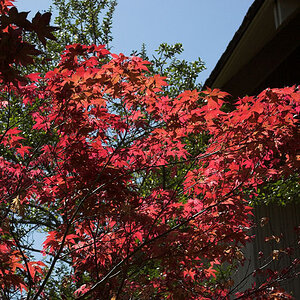
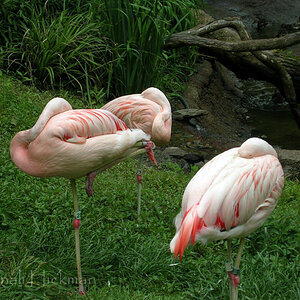
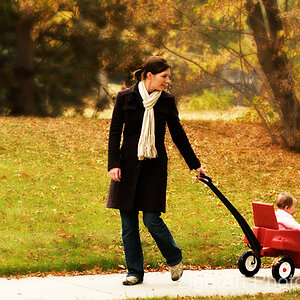
![[No title]](/data/xfmg/thumbnail/39/39645-11fae384f9fd2ec2813acc42adec0206.jpg?1619739148)
